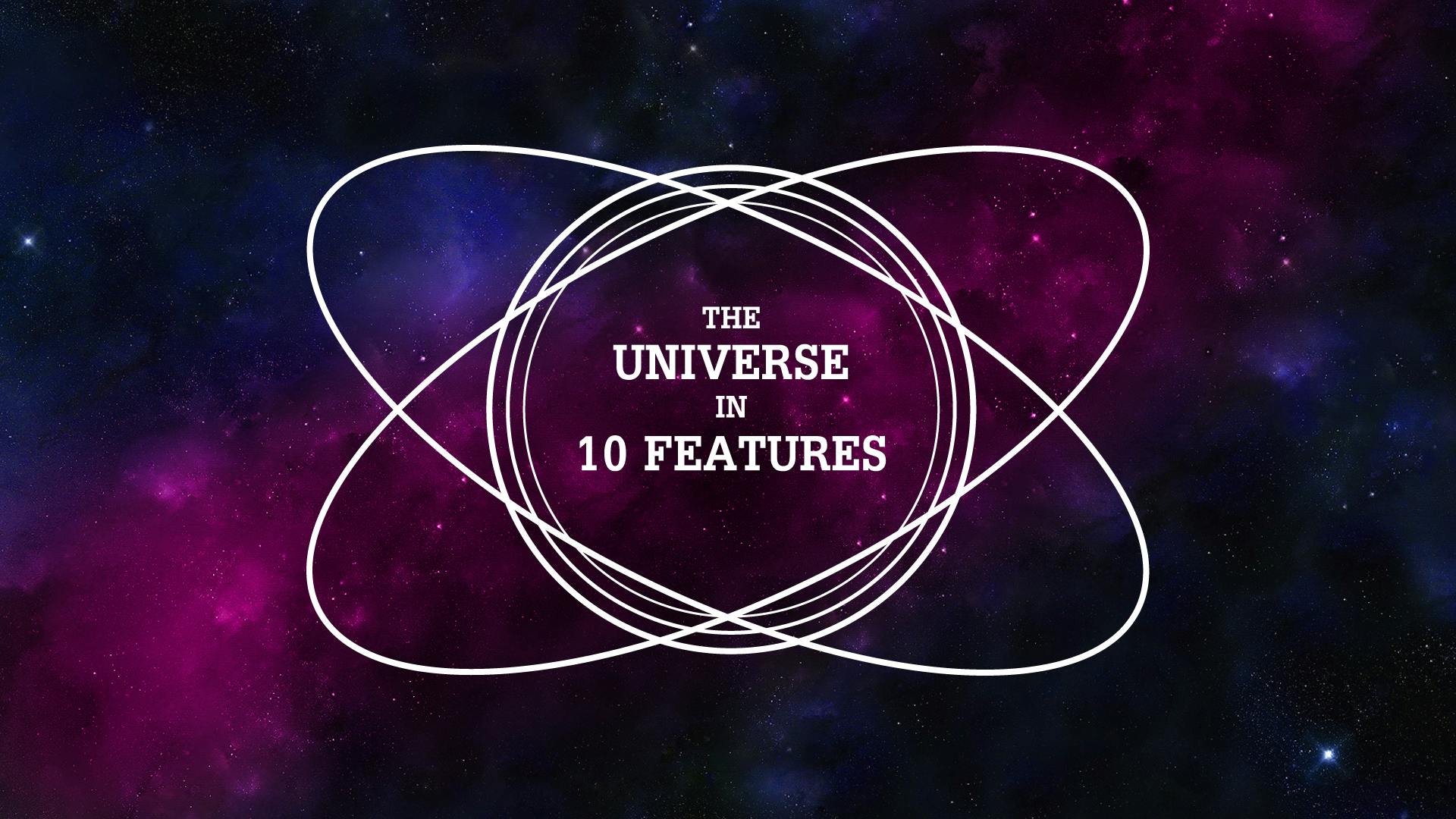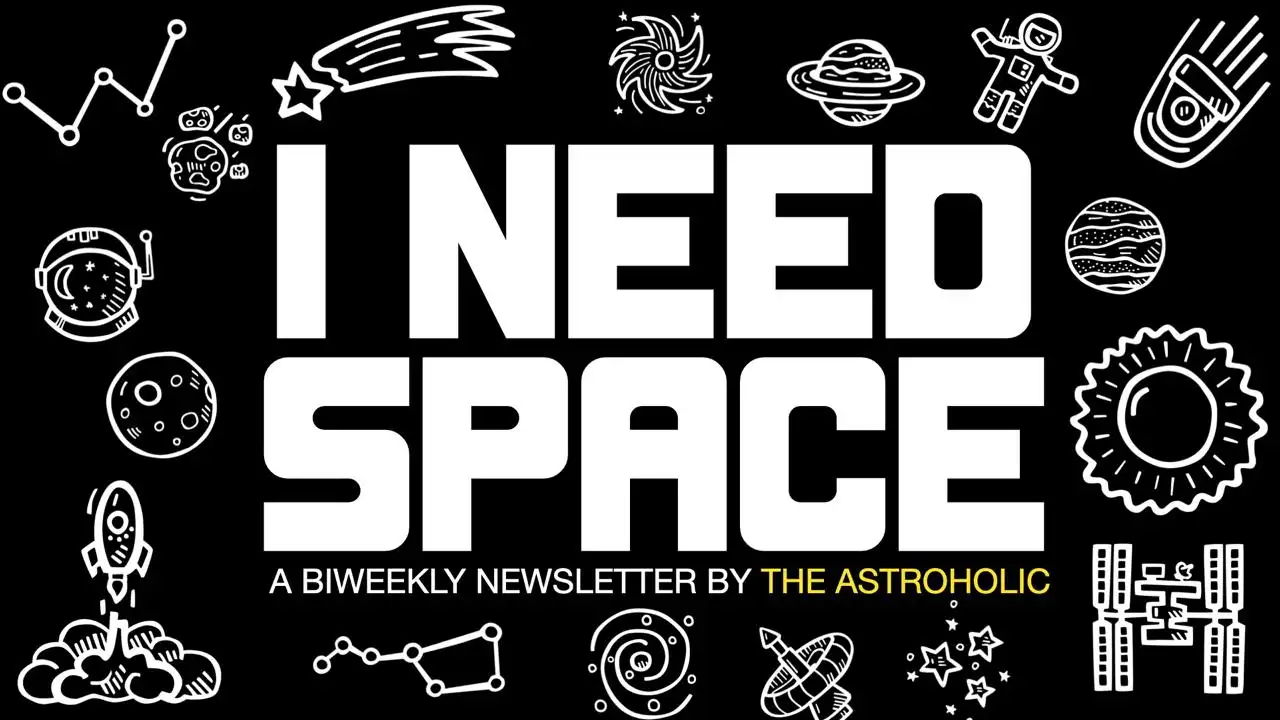The Universe coming out of the cosmic dark ages was a bleak place. The afterglow of the Big Bang had slipped into infrared radiation and neutral hydrogen was a mist stretching the entire cosmos. But as we learnt, stars soon started shining, piercing and breaking that mist giving way to the Epoch of Reionisation.
Reionisation, our fourth feature, is the time in which the primordial hydrogen atoms once again lost their electrons, this time due to the strong ultraviolet light of population III stars. This occurred between 150 million and one billion years after the Big Bang.
Ionising an atom means simply stripping it of at least one of its electrons. And it’s the second most important gas phase change in the Universe after Recombination, which was the phenomenon that started the cosmic microwave background. During Reionisation, Hydrogen clouds were dissipated like summer fog by the intense light of the newborn stars.
Due to the expansion of the Universe, matter was a lot more rarefied at that time compared to the Recombination epoch, so protons and electrons were less likely to combine again leaving a transparent universe full of ionised hydrogen, and it remains thus today.

